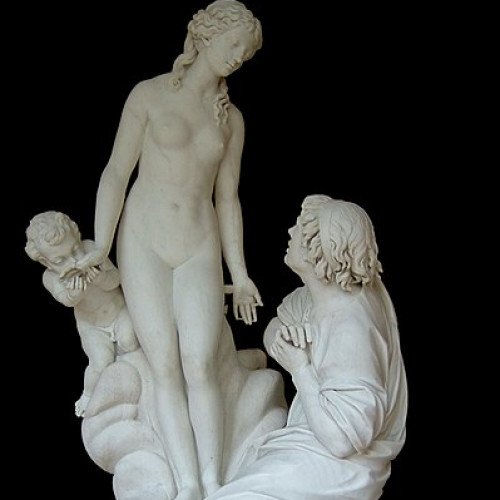Galatea (mythology) VS Pontianak (folklore)

Galatea (mythology)
Galatea (; Greek: Γαλάτεια; "she who is milk-white") is a name popularly applied to the statue carved of ivory by Pygmalion of Cyprus, which then came to life in Greek mythology. In modern English, the name usually alludes to that story. Galatea is also the name of Polyphemus's object of desire in Theocritus's Idylls VI and XI and is linked with Polyphemus again in the myth of Acis and Galatea in Ovid's Metamorphoses.
Statistics for this Xoptio

Pontianak (folklore)
The Pontianak, Matianak or Kuntilanak (from Dutch-Indonesian: Puntianak, Jawi: ڤونتيانق), sometimes shortened to Kunti, is a mythological creature in Malay and Indonesian folklore. It is described as a vampiric, vengeful female ghost. The pontianak is the singular form of Kuntilanak, a woman who died in childbirth. Similar to the langsuir in Southeast Asia, the pontianak is a long-hair female bloodsucker that represents a local variation of vampire lore. She lures in unsuspecting men to incite fear and enact revenge. Signs that a pontianak is nearby include the sound of an infant crying and the smell of decaying corpses or the plumeria flower.